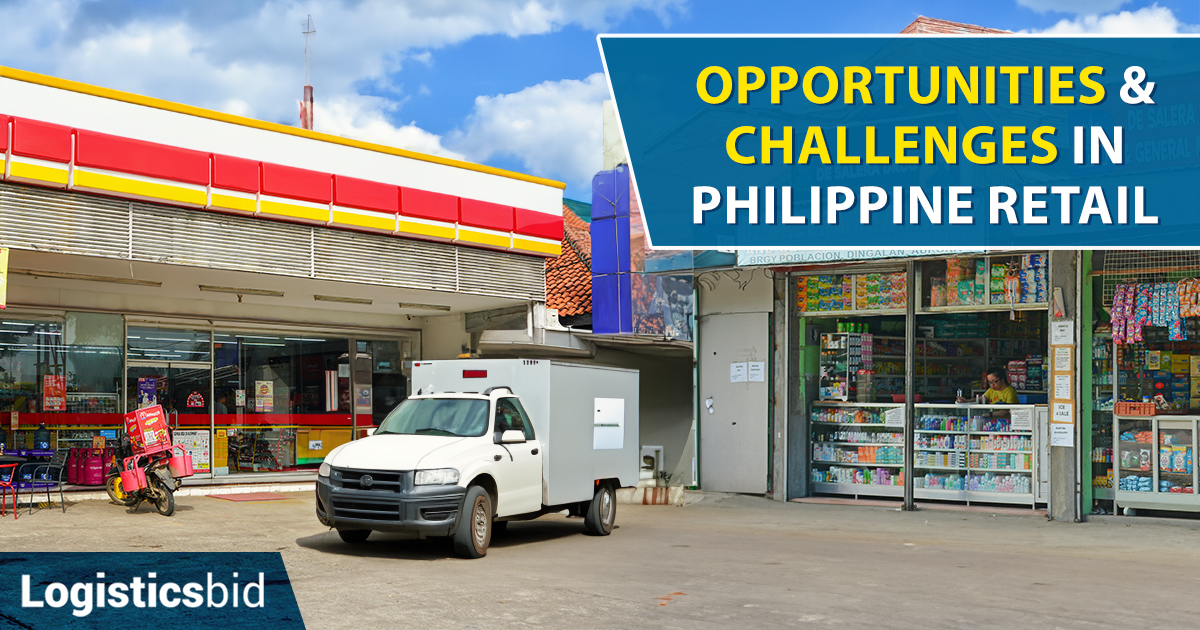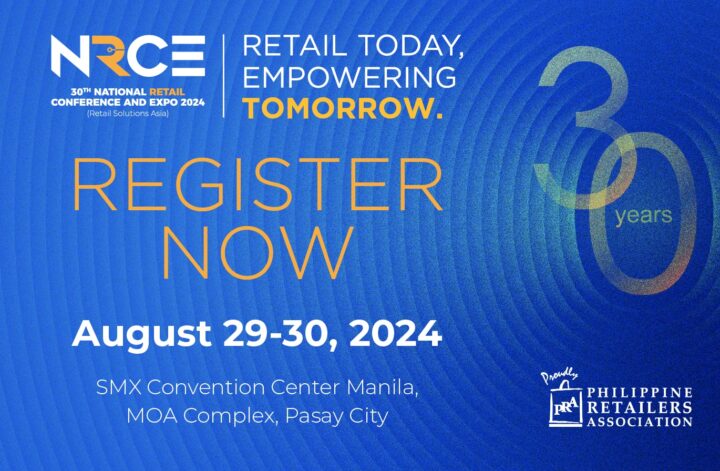
The Philippine retail industry is changing. It’s moving from small traditional stores to bigger supermarkets, online shopping, and luxury goods. This shift shows how consumer preferences and the economy are evolving.
What are the Key Drivers of Growth in the Philippine Retail Industry?
Food & Beverage Industry
The food and beverage industry is emerging as a crucial pillar of the Philippine economy, with rising demand for convenience foods influenced by busy lifestyles and the growing female workforce. The popularity of fast food chains and food delivery services has surged, driven by consumer interest in organic and fresh food options that offer health benefits.
Growth in Spending among Middle Class
The growing middle class and its attendant consumer spending are driving expansion in traditional and new retail forms, such as supermarkets, hypermarkets, and retail chains.
What is the Current Status of Philippine Retail?
The retail market of the Philippines today is expected to grow from USD 66.70 billion in 2024 to USD 96.02 billion by 2029. It is also found that 80% of consumers currently make most of their purchases online or through a combination of in-store and online shopping.
The luxury goods market in Southeast Asia is expected to grow by 30%, which might lead to more options for retailers. Because of enhanced supply and delivery networks that give consumers greater access to a greater variety of goods and services, e-commerce is growing faster in the Philippines than in other countries in Southeast Asia.
Opportunities in Philippine Retail
The Philippine retail market presents numerous opportunities driven by several key factors.
Economic Growth and Consumer Spending
The rising financial resources of the middle and higher classes greatly support the retail sector in the Philippines. This group has emerged as a major force in discretionary spending, especially those between the ages of 25 and 34. Over the next ten years, this trend is expected to persist.
E-commerce and Technological Advancements
The Philippines’ retail e-commerce industry is expected to grow faster than that of its peers in Southeast Asia, partly because of the country’s developing supply and distribution networks, which improve items’ accessibility. Convenience stores and fast-moving consumer products are growing in popularity, which is contributing to the move towards online shopping and increasing sales in a number of sectors.
Changing Consumer Preferences
This trend is driven by busy lifestyles and a growing working female population opting for processed and ready-to-eat food items over traditional home-cooked meals. The proliferation of food delivery services further supports this growth, as consumers increasingly rely on technology to meet their food and beverage needs.
Luxury Goods and Market Diversification
Retailers are seizing opportunities to diversify their offerings and cater to an expanding consumer base seeking premium products. This focus on luxury items, along with an increasing range of apparel, accessories, and leisure goods, highlights the potential for revenue growth in specialized retail segments.
Global Market Dynamics
On a global scale, the Philippines retail market is being compared with competitive markets in the region, allowing for strategic insights and benchmarking against best practices. This international perspective is crucial as retail companies in the Philippines aim to enhance economies of scale and operational efficiencies through e-commerce channels, further expanding their market reach.
Challenges in Philippine Retail
As the market adapts to changing consumer behaviors and economic conditions, these challenges become increasingly prominent.
Still, the Changing Consumer Preferences
The rapid evolution of consumer preferences necessitates that retailers remain agile and responsive. Retailers must constantly adapt their offerings and marketing strategies to meet the demands of a growing middle class and an increasingly digital-savvy consumer base.
Supply Chain Management
Retailers are grappling with the need to balance traditional brick-and-mortar operations with online platforms while ensuring a seamless omnichannel shopping experience. Disruptions due to various factors have highlighted vulnerabilities in supply chains, making it essential for retailers to strengthen their logistics and distribution networks.
Competition from International and Online Retailers
Local retailers must contend with the growing dominance of e-commerce giants and foreign brands, which often benefit from economies of scale and established supply chains. This competition can pressure local businesses to innovate continually or risk losing market share.
Economic Conditions and Inflation
Current economic conditions, including elevated inflation rates, pose a significant threat to consumer purchasing power and spending behavior. Prolonged inflation, particularly regarding essential goods such as food and household items, forces consumers to allocate more of their disposable income towards meeting basic necessities, thereby impacting overall retail sales.
Additionally, geopolitical tensions may lead to fluctuations in oil prices and further inflationary pressures, complicating the retail landscape.
Regulatory Compliance
Navigating the regulatory environment is another challenge retailers face in the Philippines. Businesses must adhere to stringent regulatory requirements while also ensuring fair pricing and high-quality products to maintain consumer trust.
30th National Retail Conference and Expo 2024: Importance for the Philippine Retail Industry

The NRCE 2024 serves as an essential confluence for addressing the multifaceted challenges discussed in the industry, such as supply chain disruptions, competition from international markets, and changing consumer preferences.
By participating in this conference, retailers can better prepare themselves to adapt to the rapidly evolving landscape and seize the opportunities that lie ahead in both local and global markets.
Should you want to learn more about the event, visit their website at https://nrce-ph.com/.
